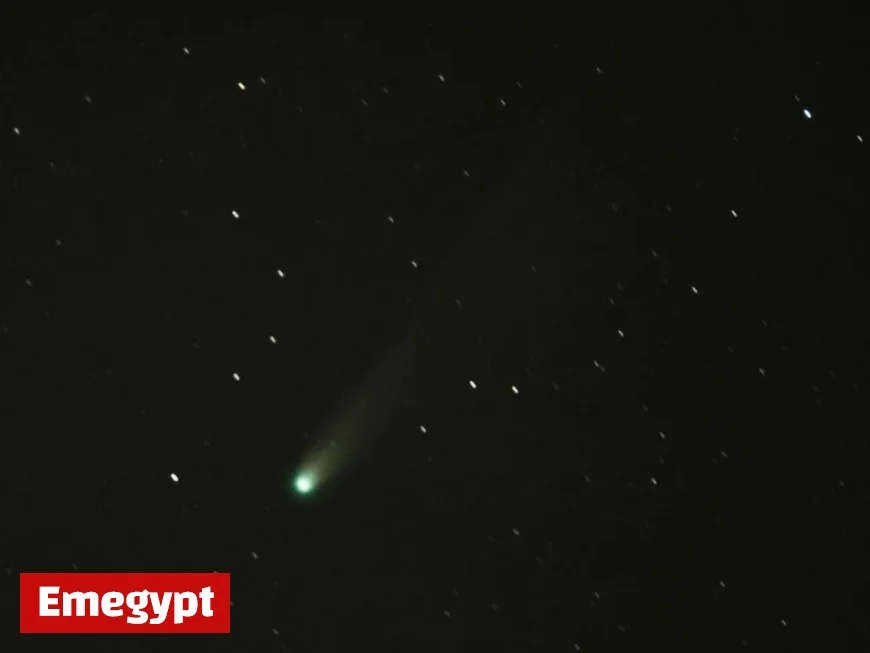Scientists Rush to Study Mysterious Deep Space Comet

Astrophysicists are quickly mobilizing to study the interstellar comet 3I/ATLAS, which has recently traversed our solar system. This ancient celestial body, which recently passed Mars, is capturing the attention of scientists as it presents a valuable opportunity to understand objects originating from other star systems. 3I/ATLAS poses no threat to Earth or neighboring planets.
Overview of 3I/ATLAS
Discovered in July 2025 by Larry Dennau from the Asteroid Terrestrial-impact Last Alert System (ATLAS) telescope in Chile, 3I/ATLAS has gained significant interest. This comet is only the third interstellar object recorded, joining 1I/’Oumuamua and 2I/Borisov. These comets serve as remnants from the early solar system, which formed about 4.6 billion years ago.
- 1I/’Oumuamua: Discovered in October 2017 by Robert Weryk in Hawaii.
- 2I/Borisov: Identified in August 2019 by Gennadiy Borisov in Crimea.
- 3I/ATLAS: Detected in July 2025.
Trajectory and Distances
3I/ATLAS made its closest approach to Mars in early October, coming within approximately 29 million kilometers (18 million miles) at an incredible speed of 310,000 kilometers per hour (193,000 miles per hour). The comet is projected to reach its nearest point to the Sun at the end of October and will pass closest to Earth in December 2025, at a distance of about 270 million kilometers (170 million miles).
Scientific Studies and Observations
Numerous spacecraft and scientific instruments are currently monitoring this intriguing comet. Although its current trajectory has temporarily hidden it behind the Sun, it is expected to reemerge in December 2025. Key assets include:
- The Hubble Space Telescope
- Perseverance and Curiosity Mars rovers
- Mars Reconnaissance Orbiter
- Europa Clipper mission
- Lucy and Psyche missions
- Parker Solar Probe
- Polarimeter to Unify the Corona and Heliosphere (PUNCH)
- Solar and Heliospheric Observatory (SOHO)
- ESA’s Juice spacecraft
Initial Findings
Initial observations by the Hubble Space Telescope reveal several characteristics about 3I/ATLAS. The orbital path indicates it is a comet rather than an asteroid, showing a hyperbolic trajectory that suggests it is not bound to the Sun. Its nucleus spans about 5.6 kilometers (3.5 miles) but may be as small as 440 meters (1,444 feet).
Moreover, 3I/ATLAS has a coma rich in carbon dioxide, indicating it formed in a colder environment far from a central star. Planetary scientist Darryl Seligman has stated that these characteristics of the comet are crucial for understanding its origins and the formation of celestial bodies.




























